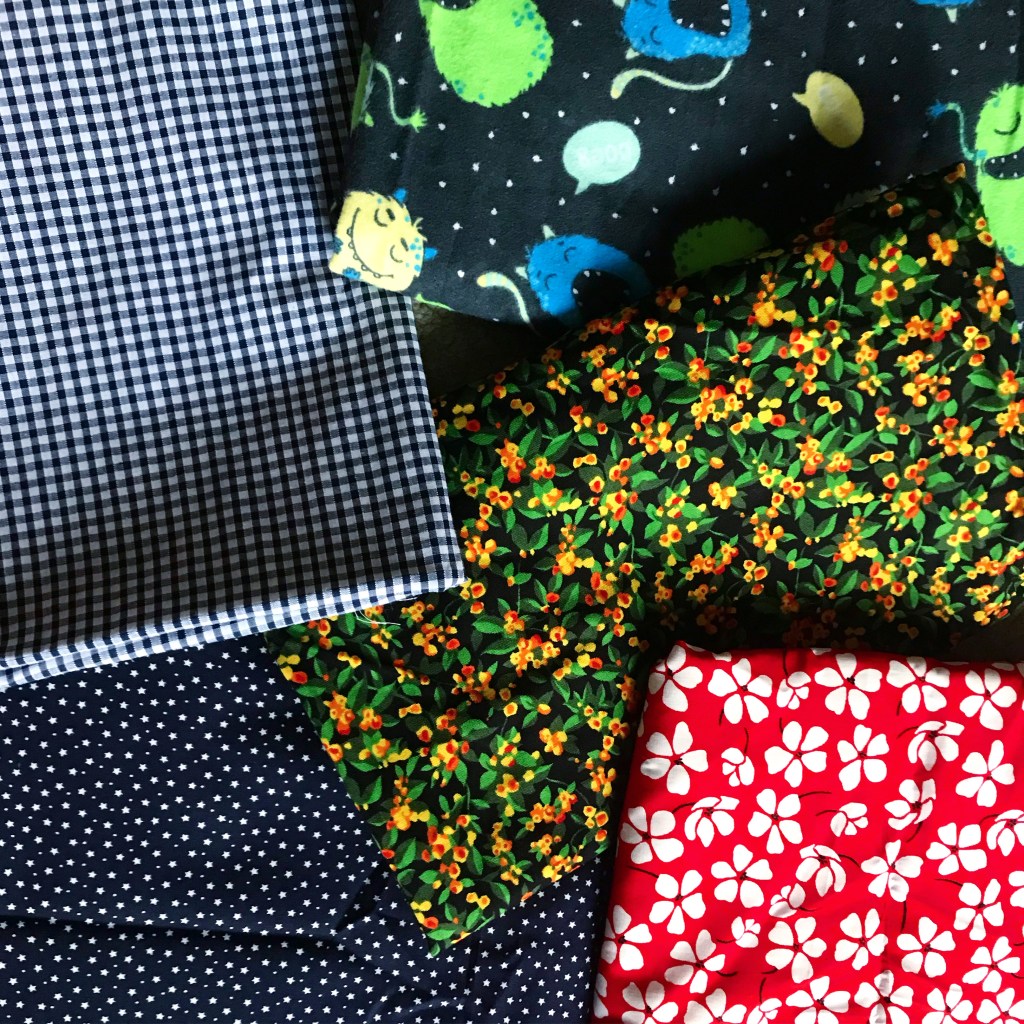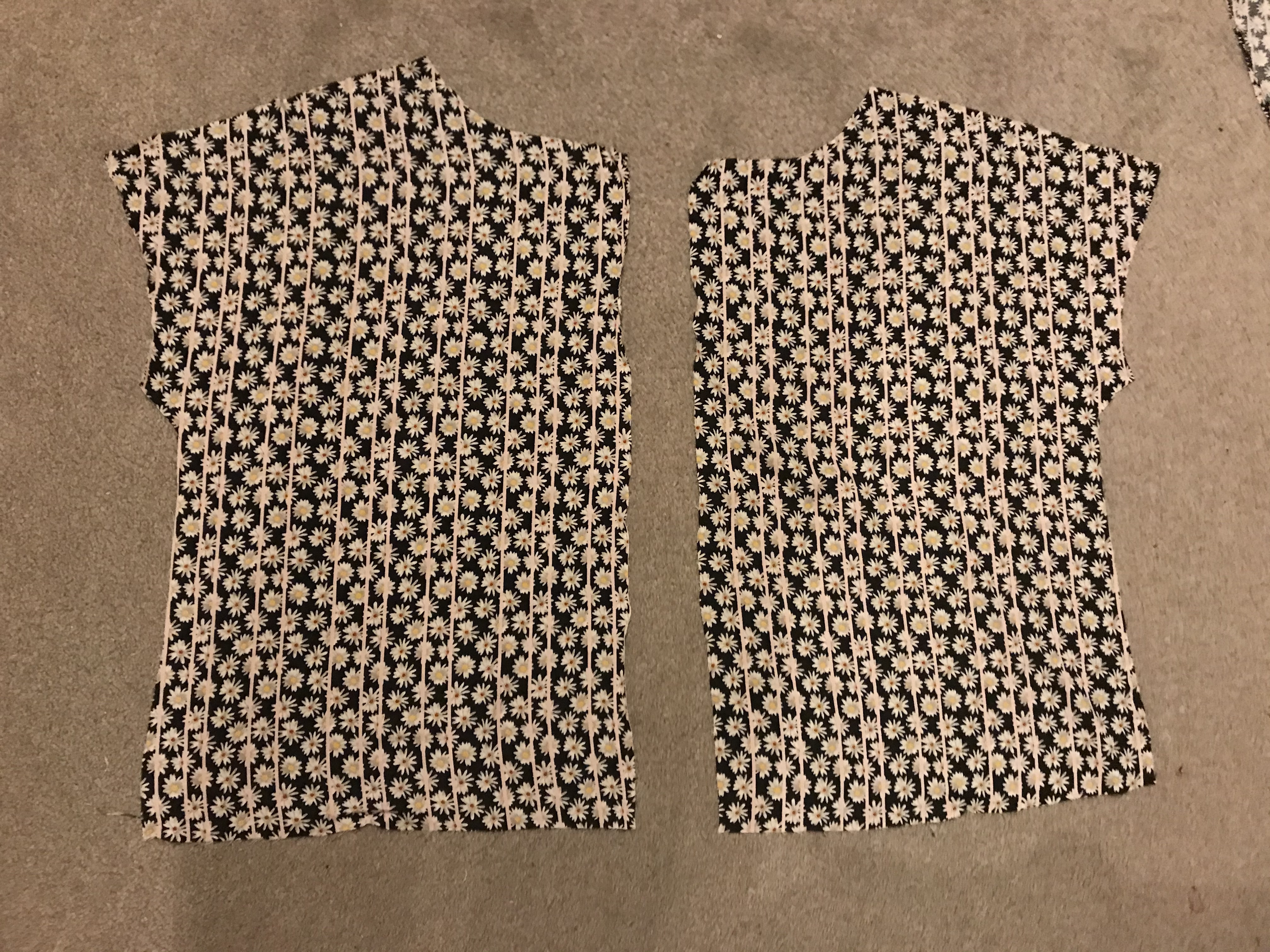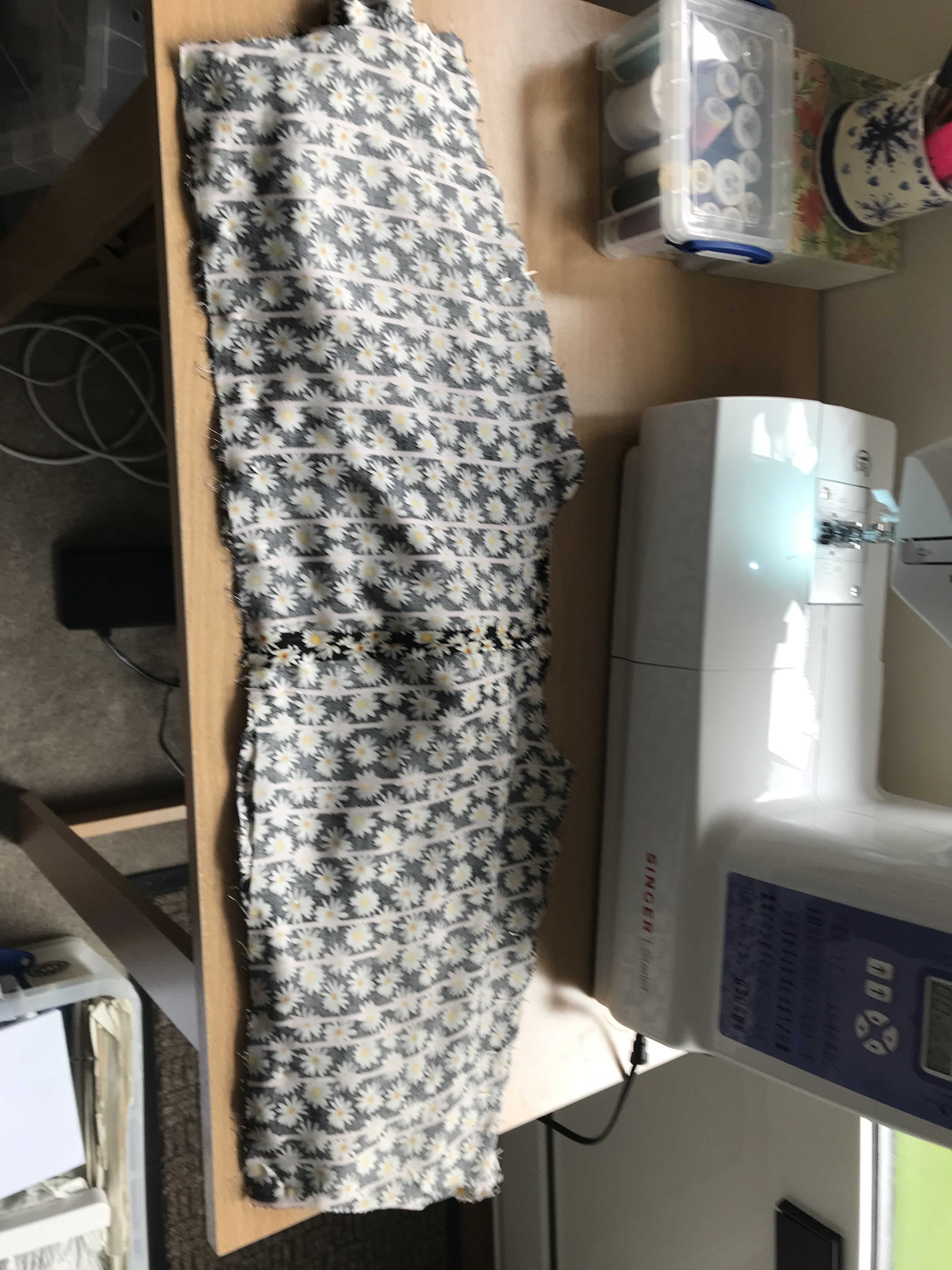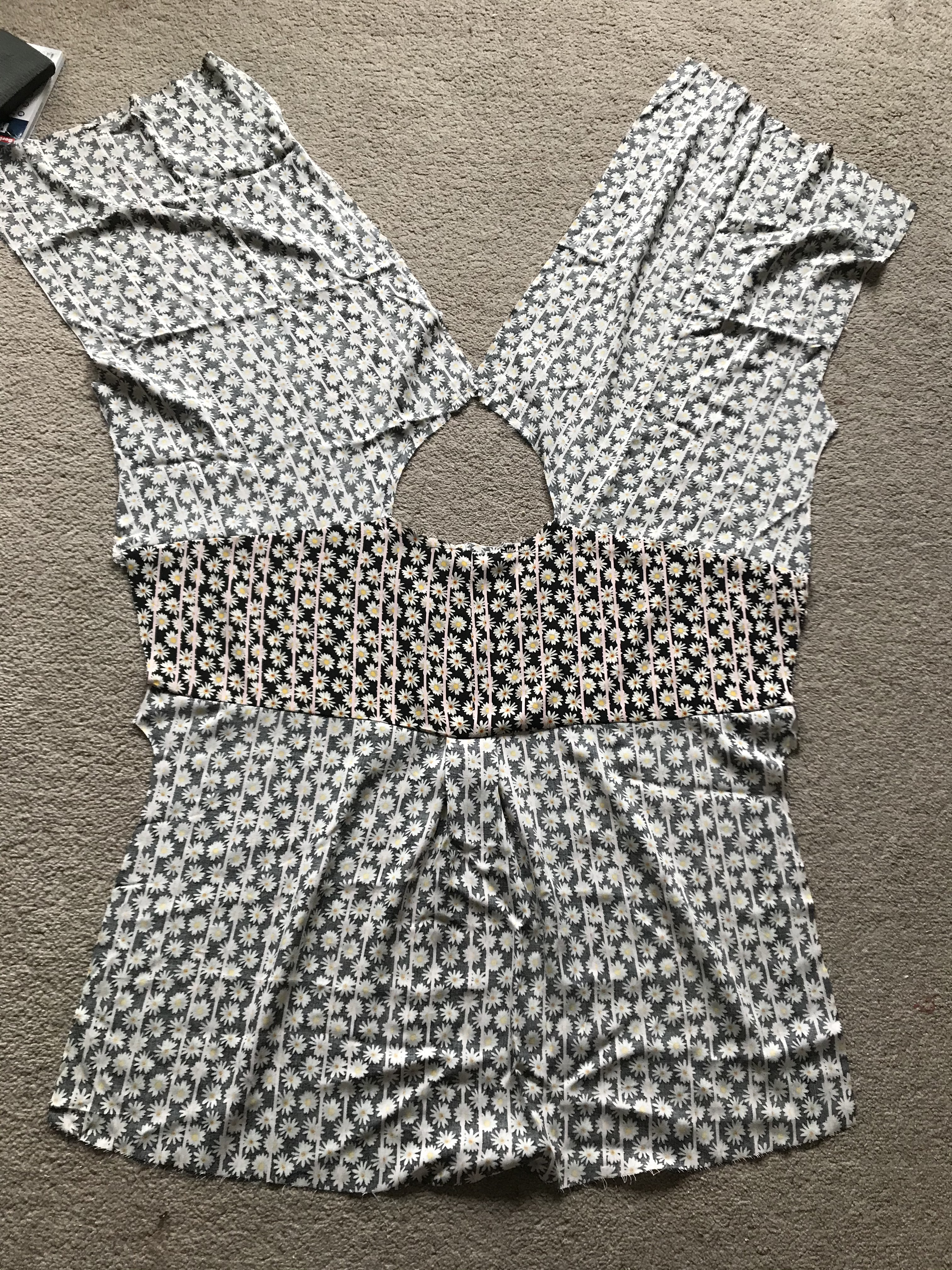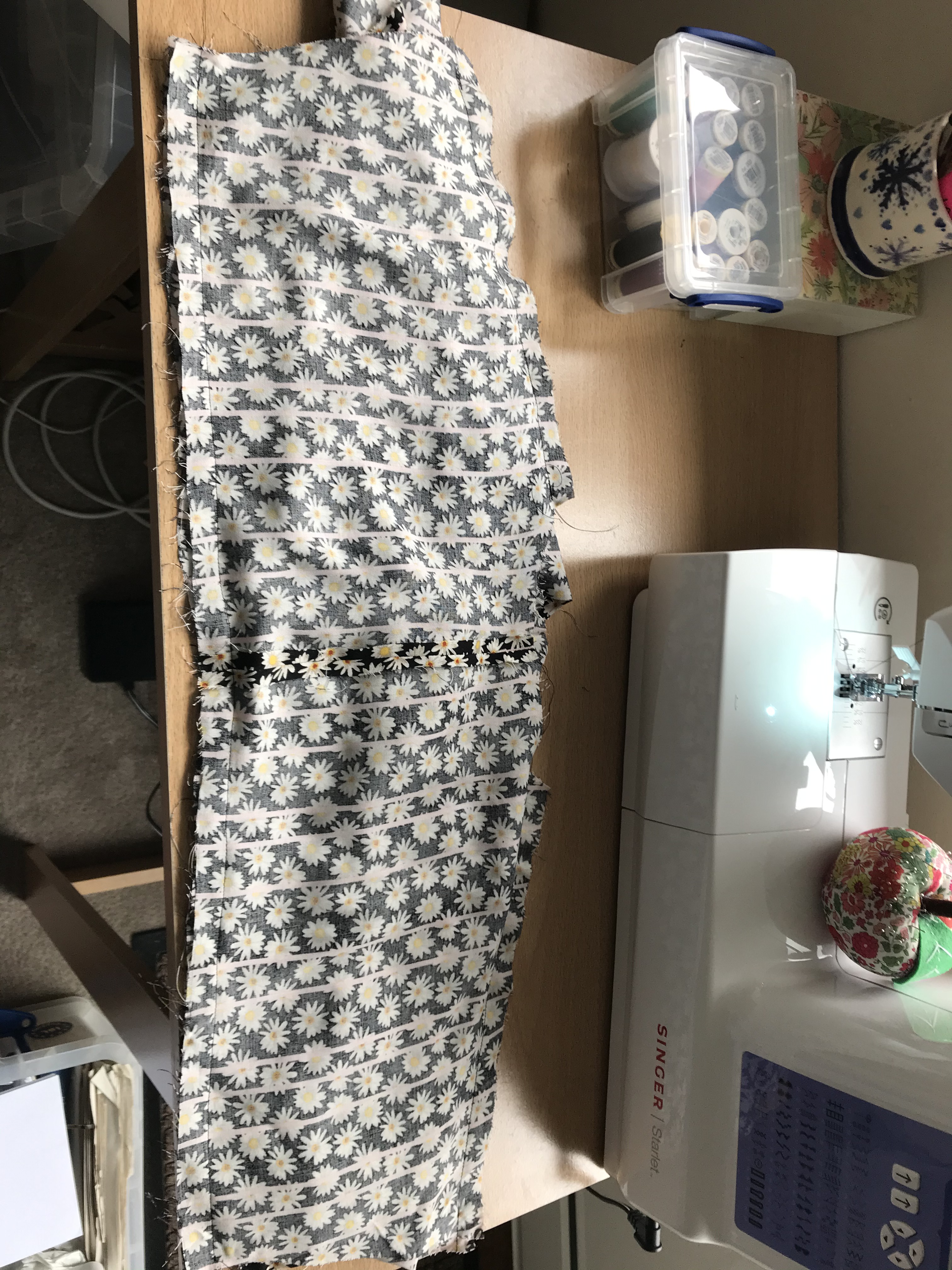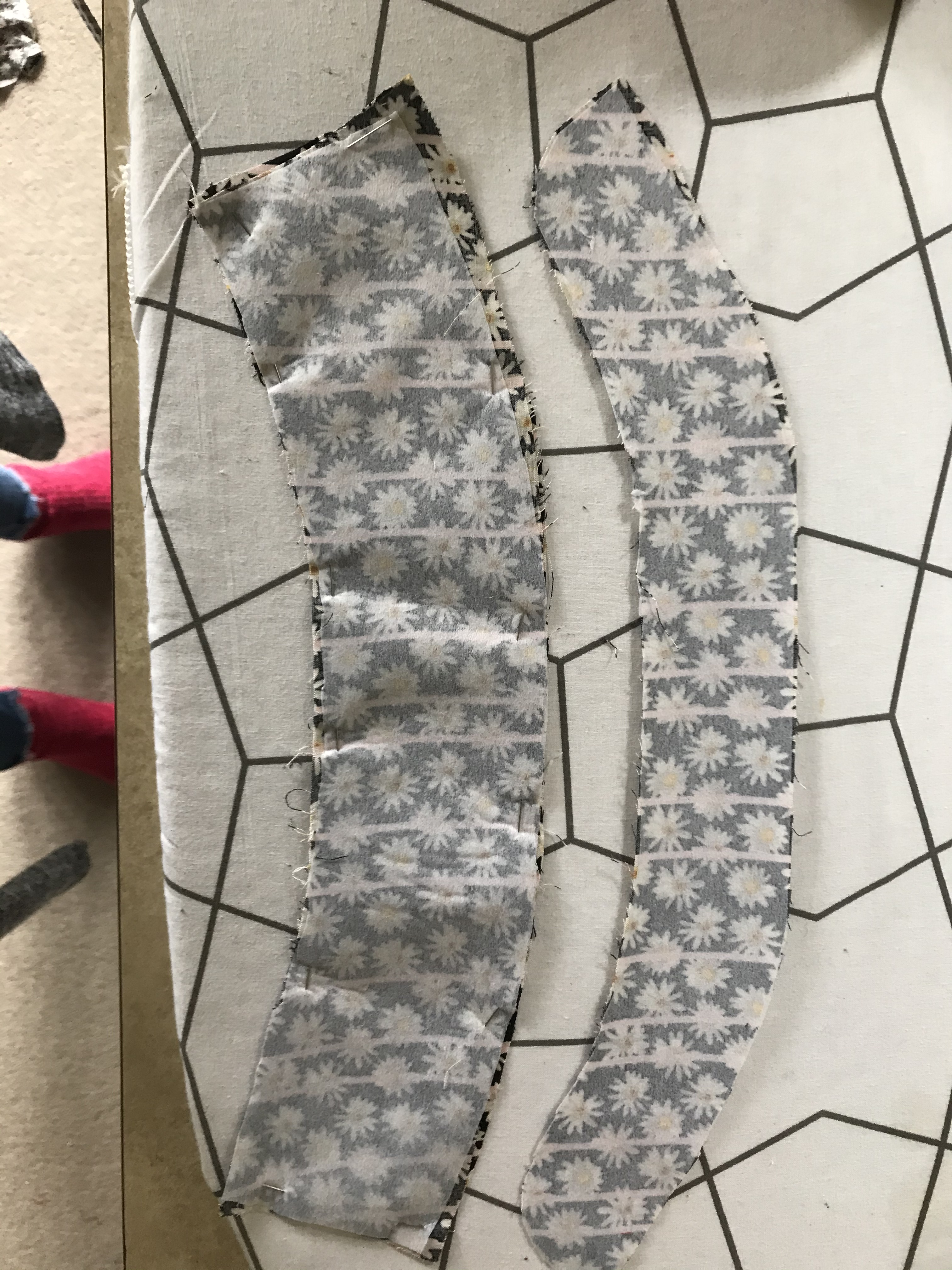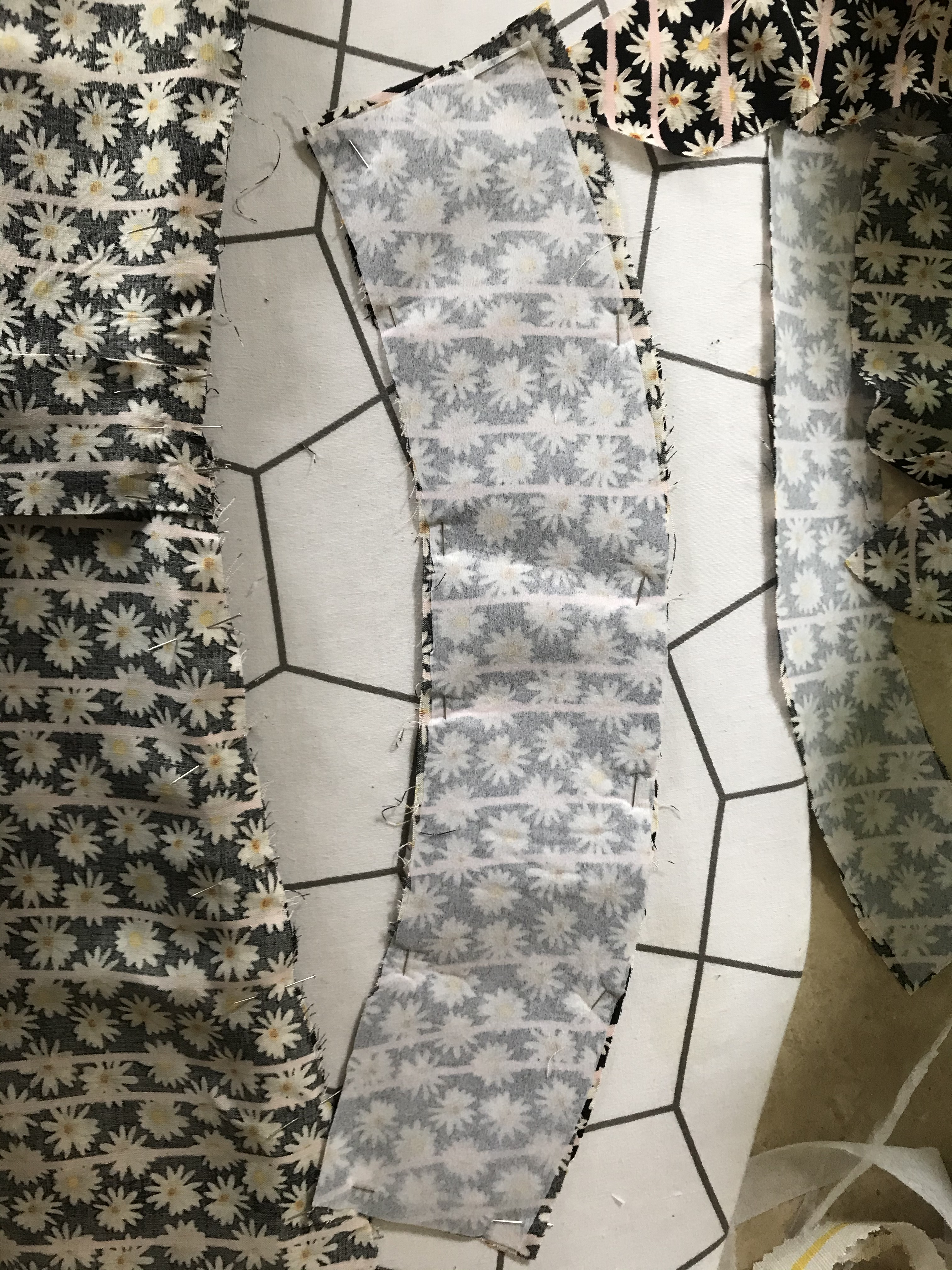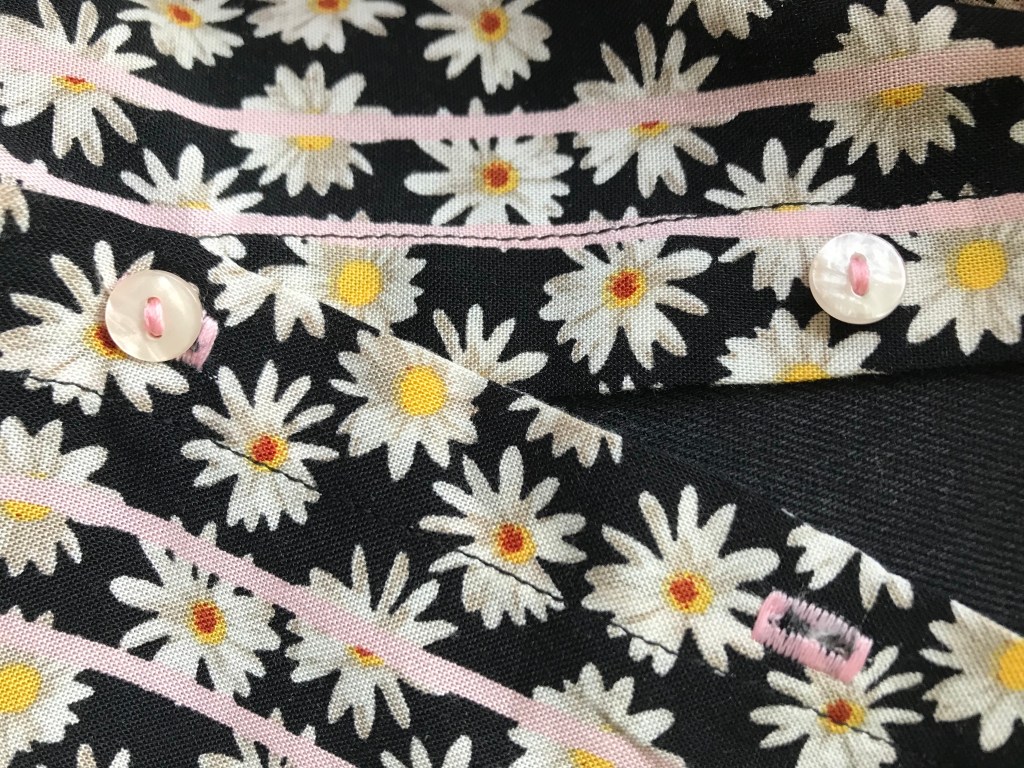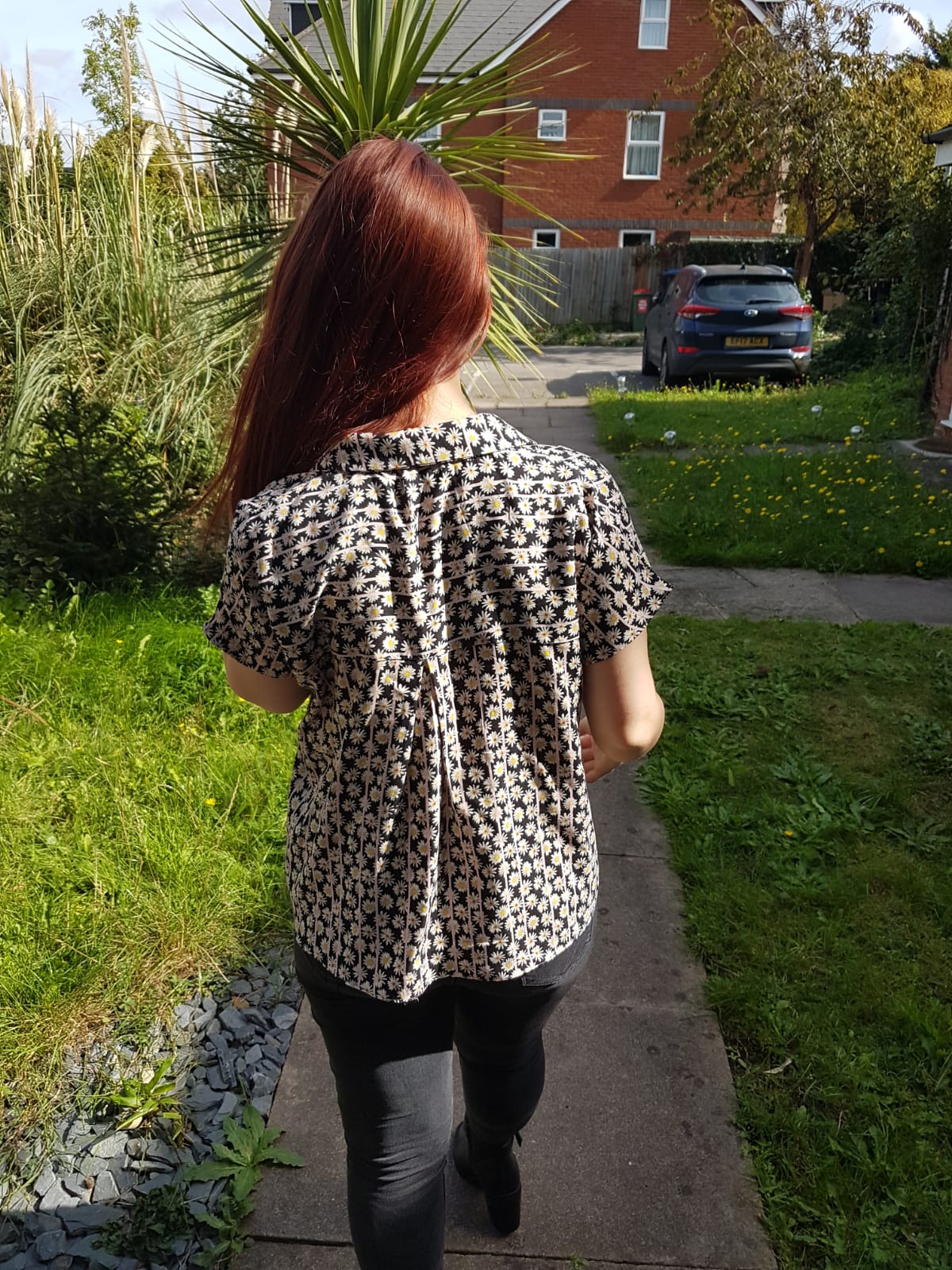I heard the name of the NewCraftHouse long before I started this blog or my instagram account. I saw their summer party through a friends instagram and was instantly intrigued by them. This year actually, in February 2020, I was lucky enough to attend a bra-making workshop led by Rosie and thats when I really understood what the NewCraftHouse is about, it brings together sewists from all walks of life to learn something new together. They are all about individuality and variety and nothing shows that more than their fabric selection.
The New Craft House
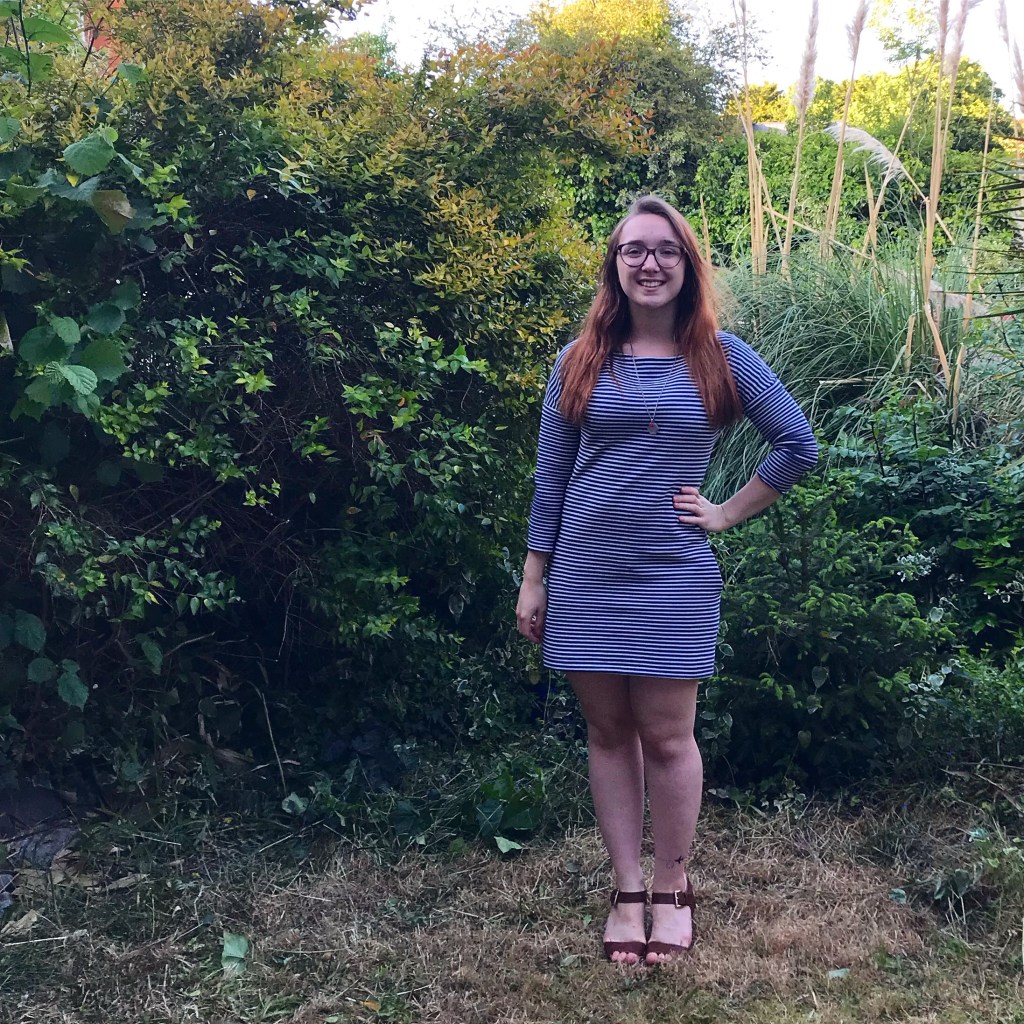
- Online Shop / Physical Shop / Both
- Web Link: http://thenewcrafthouse.com
- Core Purpose: Dressmaking Fabrics, Haberdashery and Workshops
- Units of Sale for Fabric: 1/2 metre
The New Craft House is based near Bethnal Green tube station in East London and the vibe as soon as you go is so welcoming and friendly. They have their rolls of deadstock to one side in racks and then workshop tables with sewing machines spread through the room. It’s bright, friendly and welcoming. Clearly a lot of work has gone into ensuring that the website has the same vibe. It has a clean fresh look that is impressive on a laptop as well as usable on a phone. They sell their fabrics in half metre increments and it is free delivery over £60, otherwise delivery costs £3.50/£4 using Royal Mail. The interface is user friendly although I would like to see the shop option further up the menu bar but thats just personal preference. They have a good variety of payment options and have definitely expanded their functionality since my first visit to their website last year.
On to the fabrics themselves. The New Craft House are almost unique in the sense that they buy from the designers directly rather than from wholesalers which means they get limited amounts of high quality fabrics and they don’t always know what they are going to get. This works well for them, it has the feel of a pick’n’mix in that there is just a huge mix of fabrics and it isn’t necessarily a curated or coordinated collection as in other fabric shops. I’ve marked them down a little for range because although stye do have a wonderful range of fabrics at any one time I don’t think its necessarily very reliable. It does however allow them to retain their quirky individuality and makes them a fantastic place to find one-off fabrics for that special project. What I would say however is that because they don’t always know what fabrics they are getting there is occasionally some uncertainty on fabric types meaning that its not always the easiest to tell what you are getting online. To counter this they do tend to show all the fabrics on their instagram story so you can get a sense of their weight and movement which I really like. They have a wide range in terms of price but I would say they are about mid-range and they do have a fairly good remnants section.
Due to the range of fabrics and the unreliability of the selection I wouldn’t recommend the New Craft House as a first fabric shop for beginners as I think you nee to have a slightly better understanding of fabric properties before you dive into their selection. I made the mistake of getting so wrapped up in the quality and the range that I ended up buying fabric that was entirely unsuitable for the pattern I was using however it was absolutely gorgeous and I do not regret the purchase in the slightest! I only regret not pre-washing the fabric as that garment has now shrunk so much that I can’t wear it. They are a fantastic shop but for me they are more special occasion sewing than everyday makes.
Rating
- Range of Fabrics – 7/10
- Cost – 7/10
- Delivery (Speed / Cost) – 7/10
- Ease of Use – 8/10
- Ease of Payment – 8/10
Overall Score: 7.4/10
The NewCraftHouse is full to the brim with personality and this comes both from the co-owners Rosie and Hannah but also from the fabrics themselves. They stock deadstock like many other shops but the variety of fabrics is unusual and always inspiring. Shopping there has something of a market feel because there is no dependable stock level so you have to grab it while you can but the flip side of that is their variety of fabrics is constantly changing so you are sure to find something you like at some point. While I wouldn’t recommend them as a standard fabric shop for a beginner, they are a fantastic shop for intermediate/advanced sewists who understand to find the fabric for THAT special project you’ve been thinking about.
